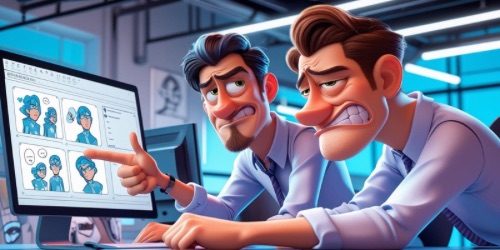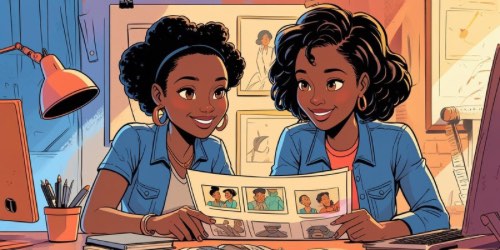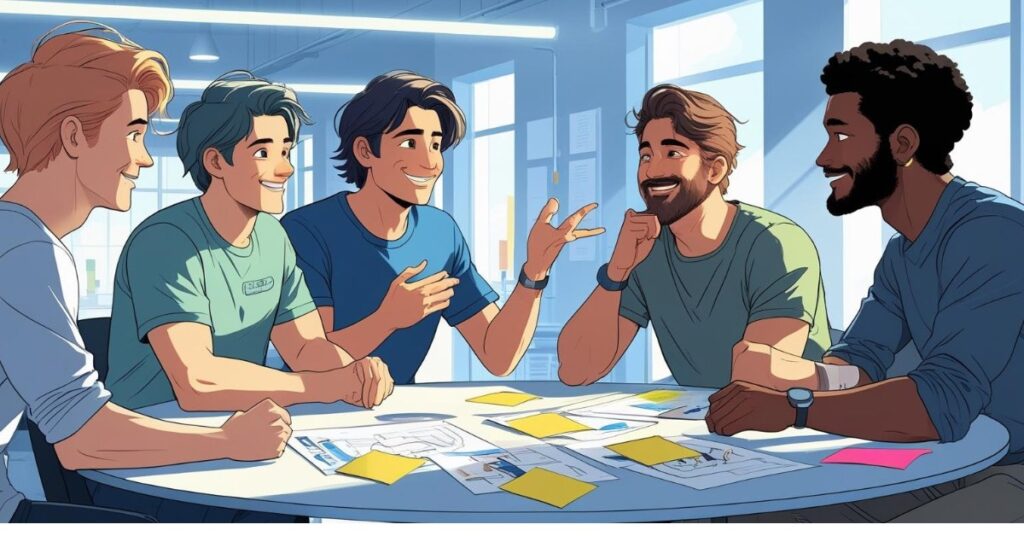Why Feedback Matters in Animation
During my first group critique in an animation workshop—well, technically, it wasn’t mine. It was a friend’s. He told me someone leaned back in their chair, crossed their arms, and said, “Well… it’s definitely a choice.” The room went quiet. He had no idea if they meant his character’s walk cycle was clever or if it looked like it had just fallen off a balance beam. I’ve never been on an animation team myself, but after years in corporate America, I’ve been in situations with the same passive-aggressive energy. And I can tell you—it leaves you more confused than motivated.
Feedback is the fuel that helps animators grow, refine their skills, and push their creative boundaries. Without it, we risk working in an echo chamber—repeating the same mistakes and missing opportunities to improve. But giving feedback is more than pointing out flaws; it’s about guiding someone toward their best work in a way that motivates rather than discourages.

Start With What’s Working
Imagine getting a critique where the first thing you hear is, “This doesn’t work at all.” You’d probably stop listening before they even got to the helpful part. By starting with genuine praise for the parts of the animation that are strong—whether that’s the timing, character design, or storytelling—you set a positive tone for the conversation. This isn’t sugarcoating; it’s about showing that you see the effort and skill before suggesting changes. And it’s amazing how much more open people are when they don’t feel like they’re under attack.
Be Specific, Not Vague
Vague feedback is like telling someone their scene “needs more… something.” It leaves them stuck guessing. Instead:
- Point to exact moments in the timeline.
- Describe what’s not working—like stiff poses or inconsistent lighting.
- Offer a suggestion for improvement rather than leaving it open-ended.
Specific feedback turns your notes into a roadmap instead of a riddle.

Frame Criticism Around the Work, Not the Person
The difference between “You didn’t think about the character’s weight” and “The character’s weight could be emphasized more in the landing” is huge. The first makes it about the animator, the second keeps it about the work. When you frame it this way, you take the ego out of the equation, and it becomes about solving a creative puzzle together.
Balance Suggestions With Curiosity
Sometimes what you think is a mistake is actually an intentional creative choice. Instead of jumping in with “That doesn’t look right,” try asking, “What was your goal with this scene?” That one question can lead to valuable conversations, reveal their thought process, and maybe even give you a new idea or two.
Know When to Step Back
It’s tempting to give every note you can think of, but too much feedback can feel like trying to drink from a fire hose. Prioritize what matters most to the project’s success. If a detail doesn’t break the animation or distract from the story, it’s okay to let it slide. Sometimes, the best gift you can give another animator is the freedom to figure some things out on their own.
Here’s something that might help your creative journey even more:
Final Thoughts
Giving feedback isn’t about proving you know more—it’s about helping another animator see possibilities they might have missed. When you focus on what’s working, be specific, frame critiques around the work, stay curious, and know when to step back, you help create an environment where creativity can thrive without the ego battles. And that’s how you give feedback without being “that” person in the room.




























